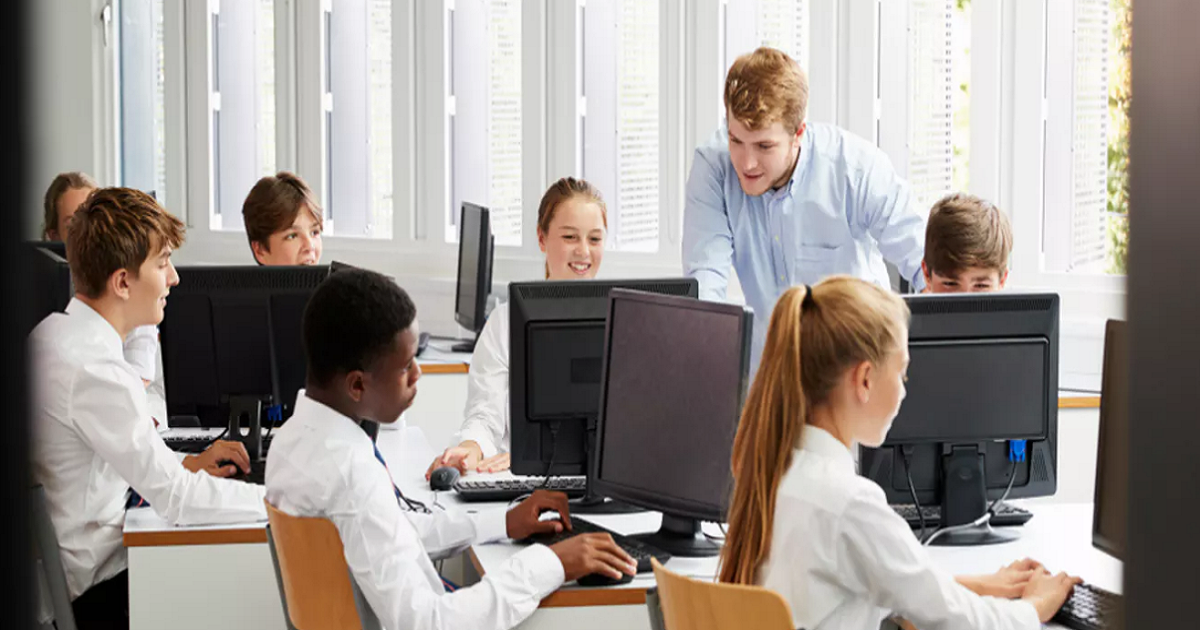Technology and learning in the classroom: six tips to get the balance right
theconversation | February 19, 2019

Australia was one of the first countries in the world to have more computers than students in schools. But as the numbers of computers and other technological devices increased, student performance did not. The days of cramming computers into classrooms and expecting improvements in learning are numbered.Some argue there’s little evidence to justify investment in technology in the classroom. In fact, some studies even suggest potential harms. Some have suggested links between screen time and increased ADHD, screen addiction, aggression, depression, and anxiety, dizziness, headaches and blurred vision. There is also a risk that schools’ focus on acquiring the “next best thing” may come at the expense of students’ interpersonal, cognitive, critical thinking and communication skill development. Teachers should use technology in a balanced way that enhances learning and skill development. Here are six evidence-based tips on how to do just that. There are endless opportunities for students’ writing to appear in ways that combine two or more modes (such as visual, audio or spatial). Making e-books, videos, animations, blogs, web pages, and digital games are the new ways of demonstrating literacy that involve clever combinations of these modes.